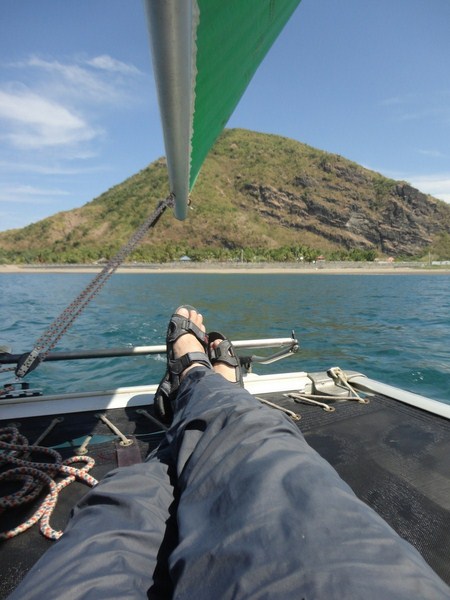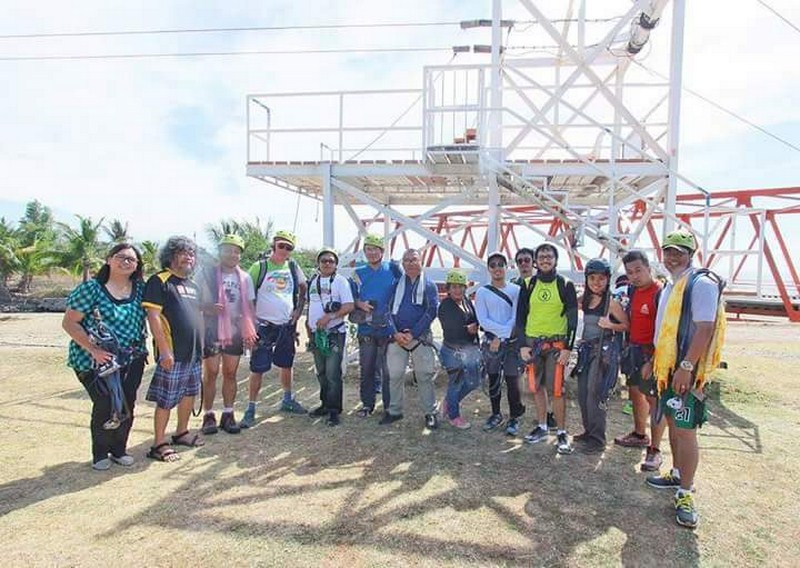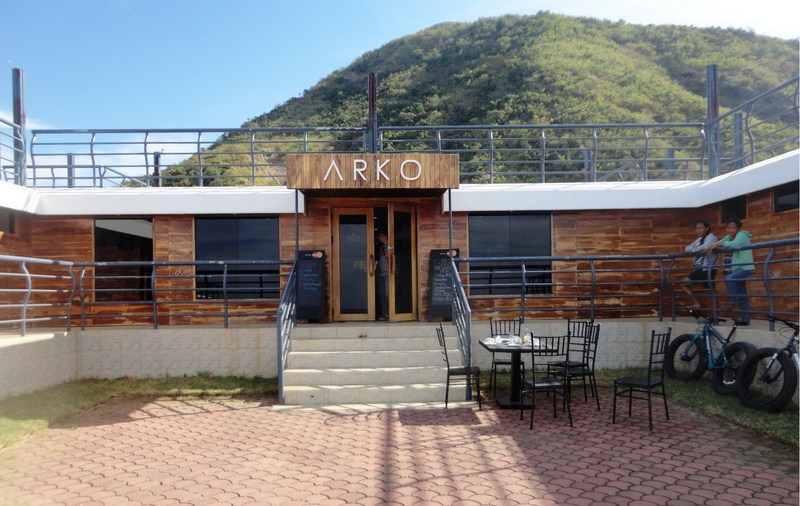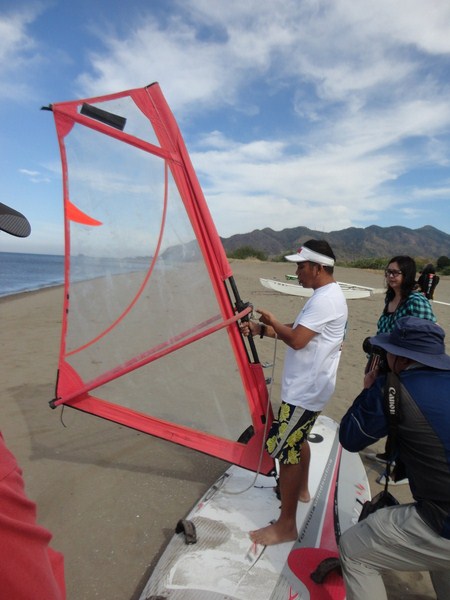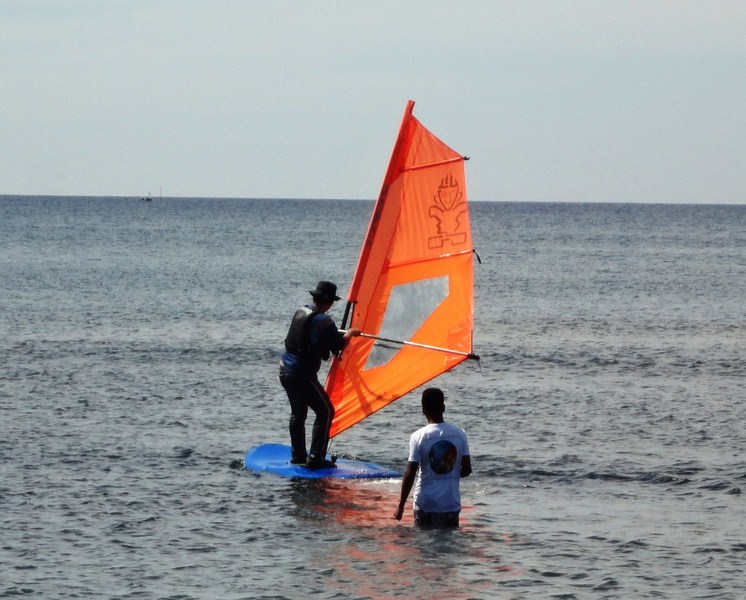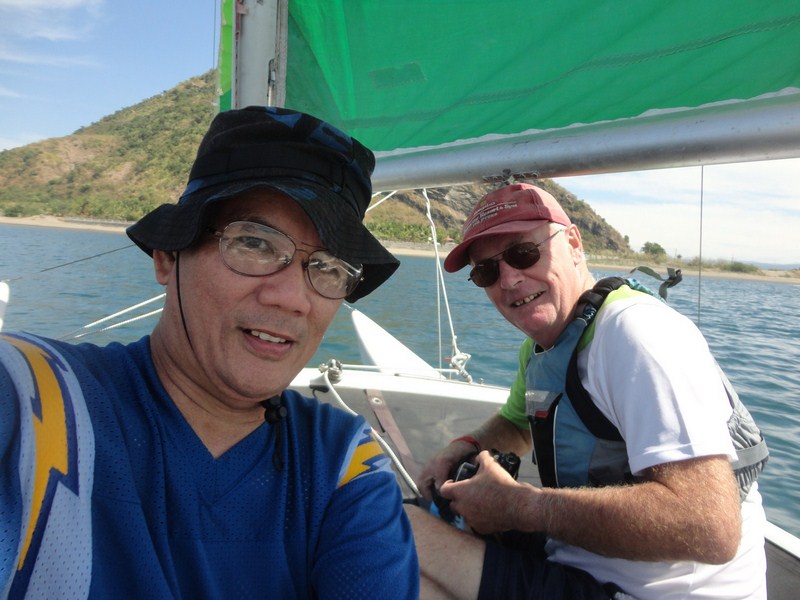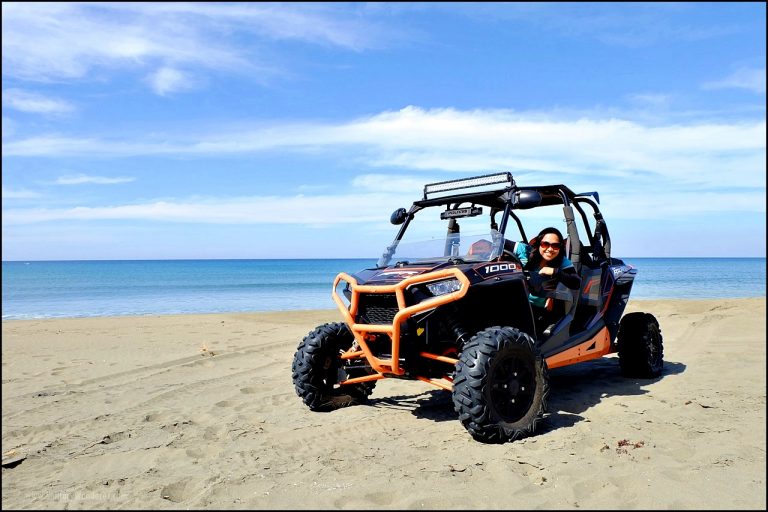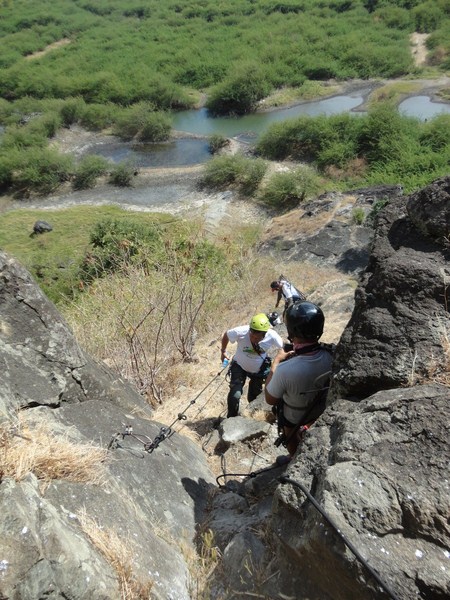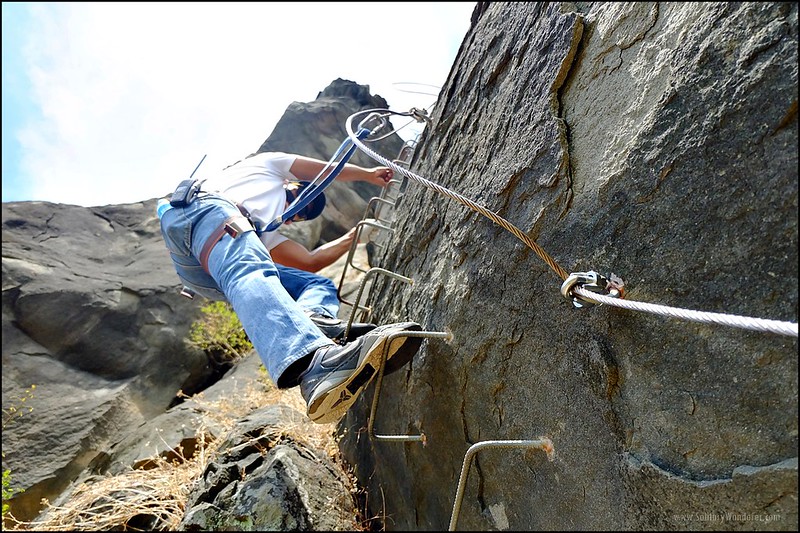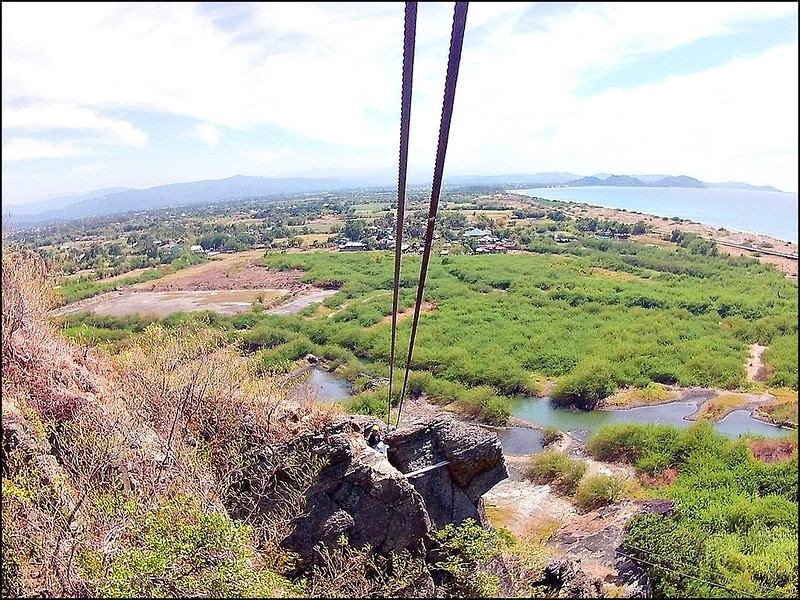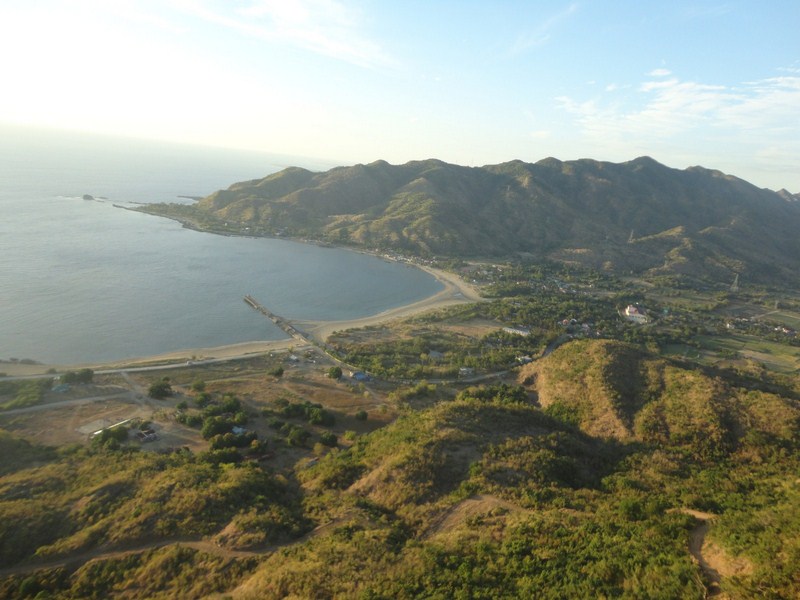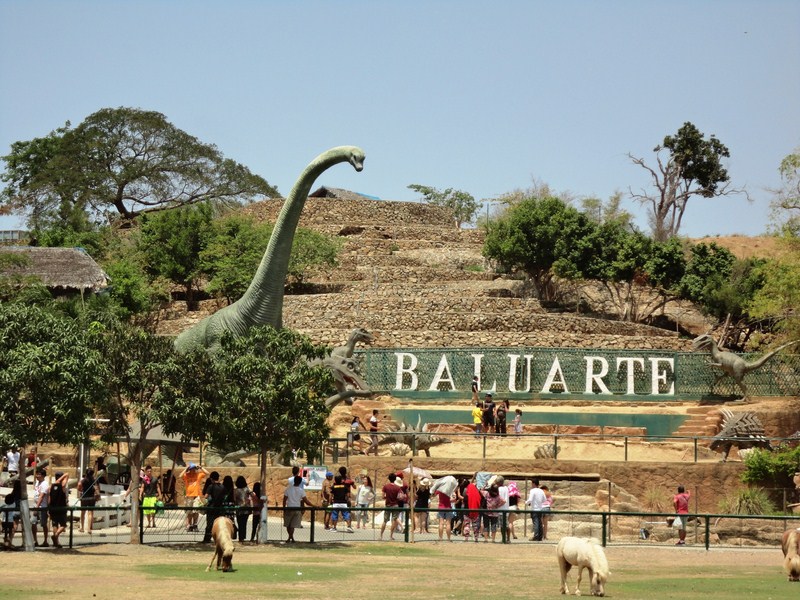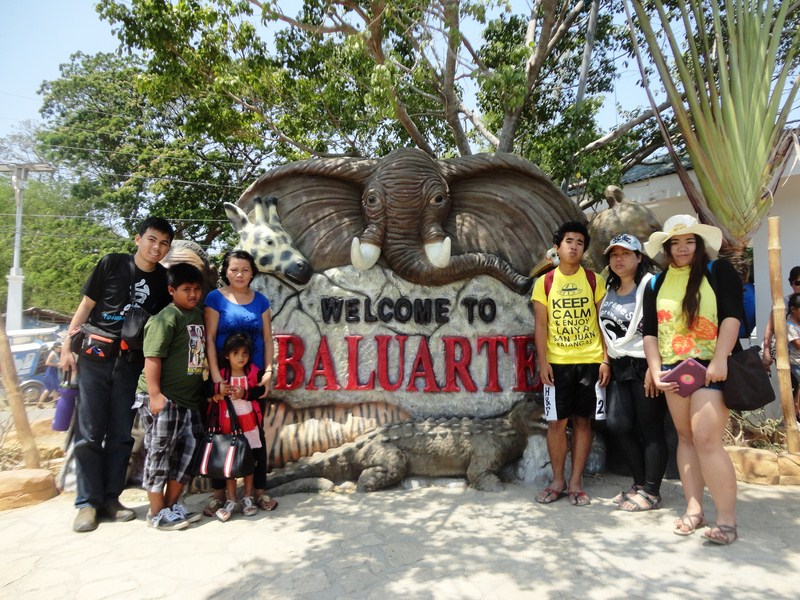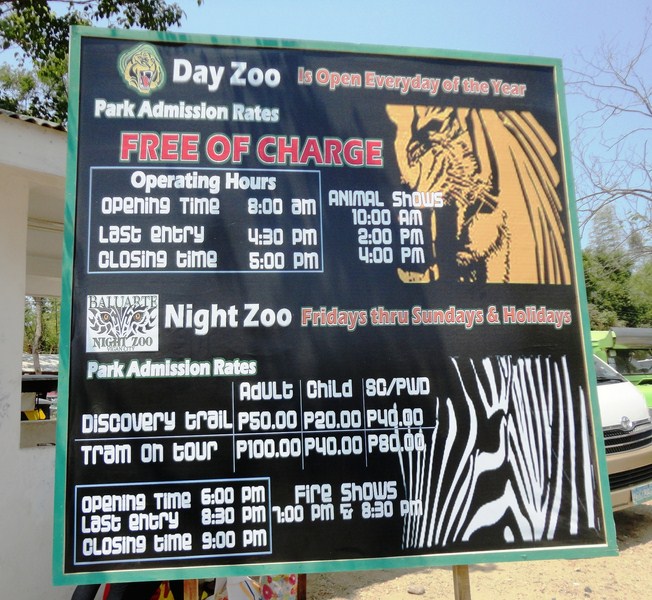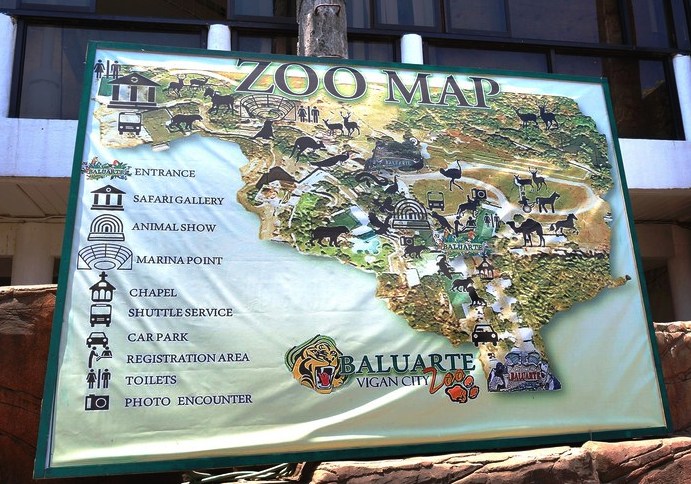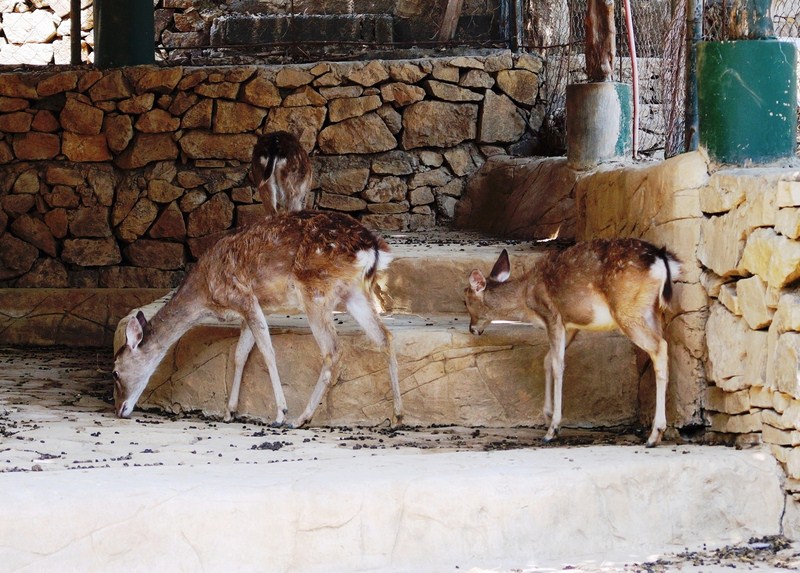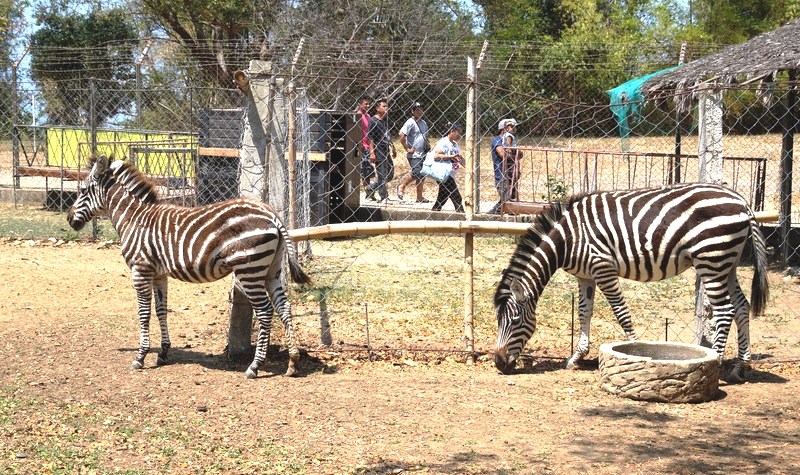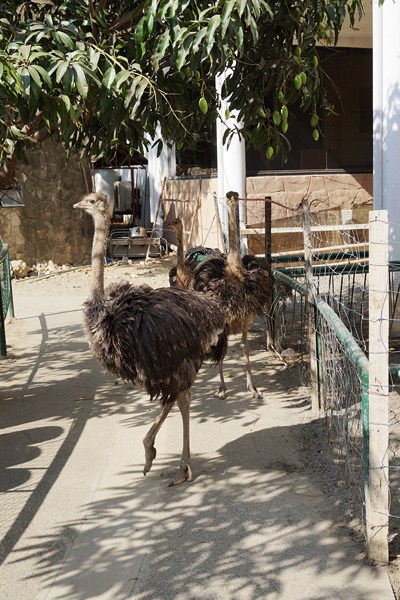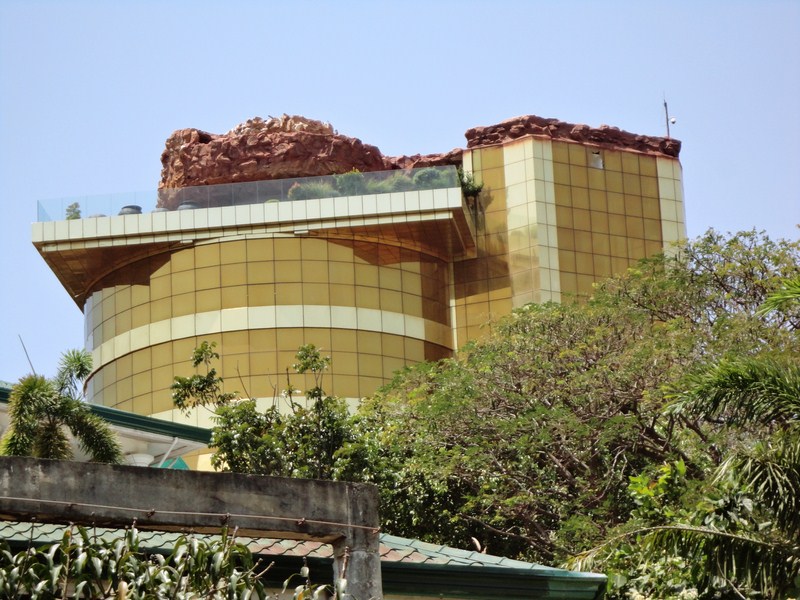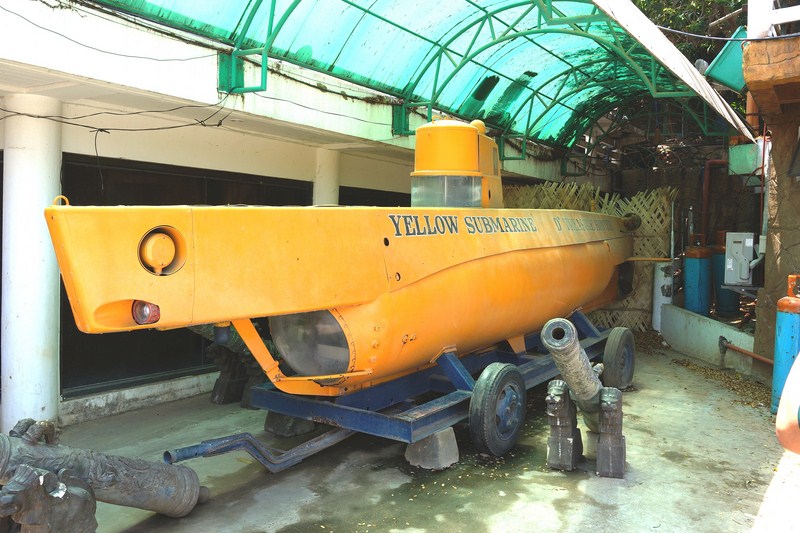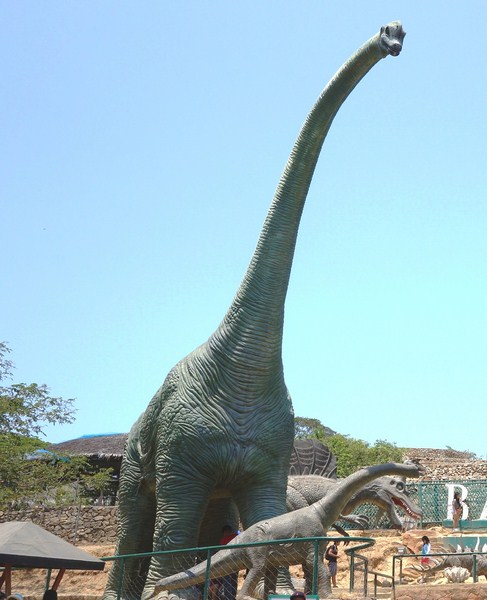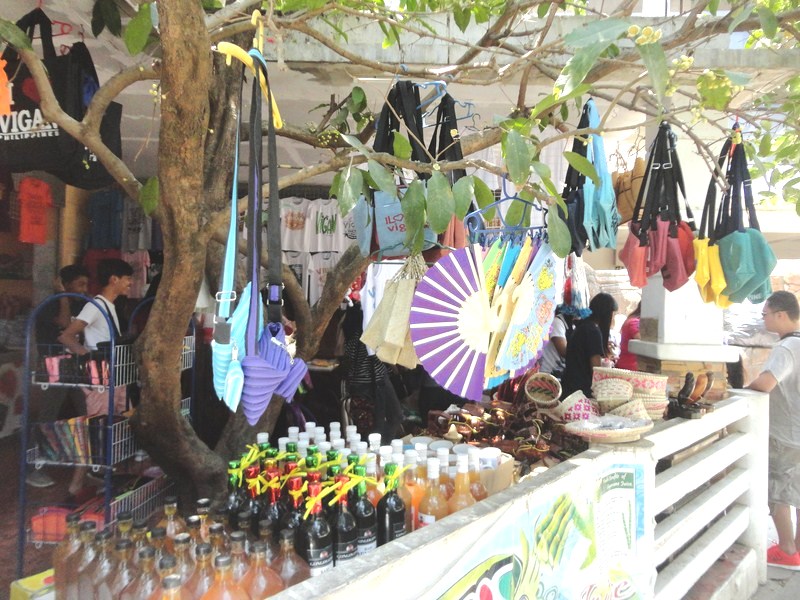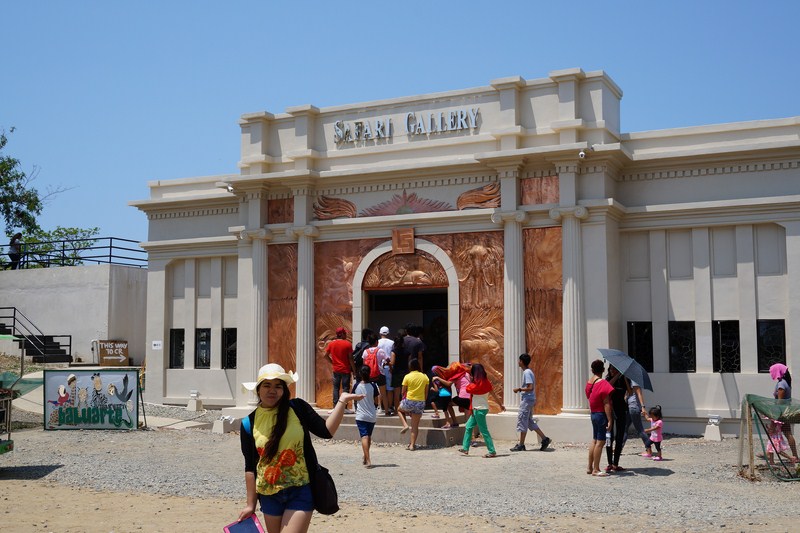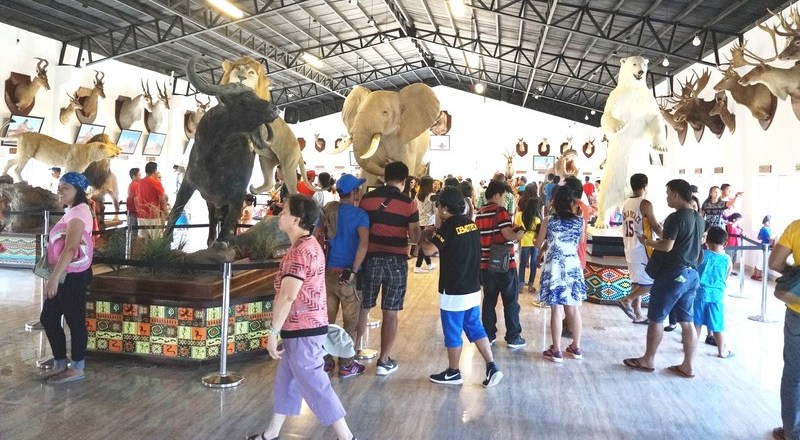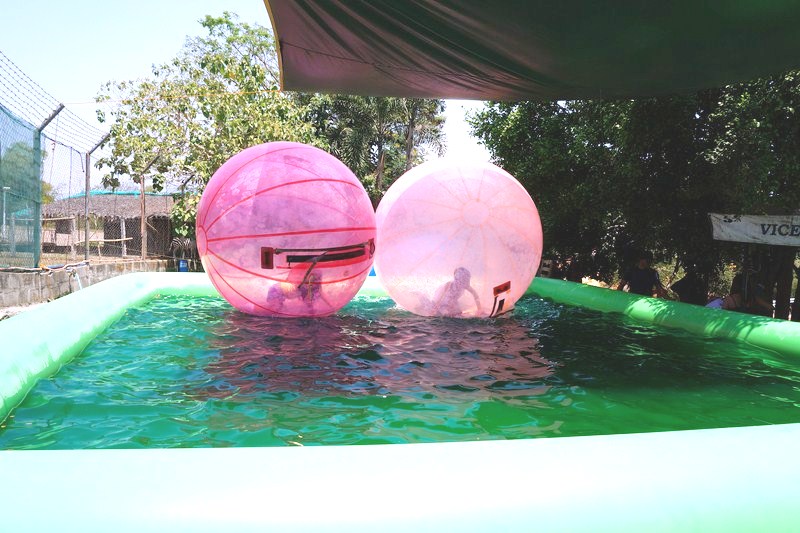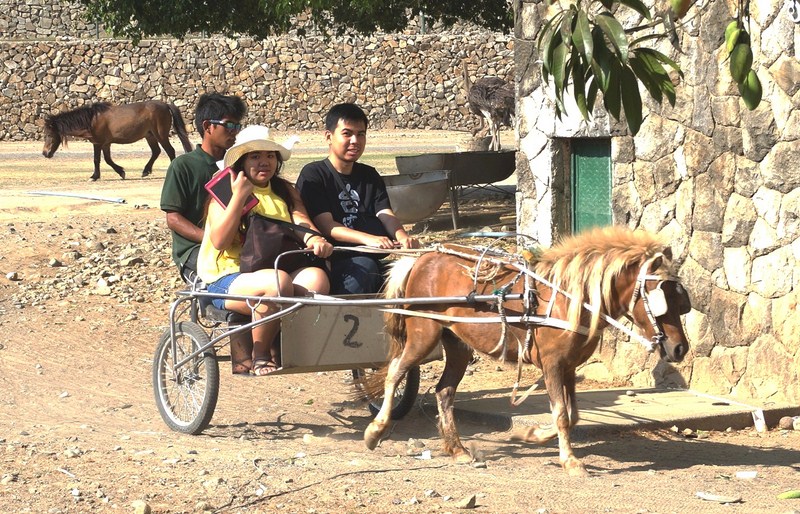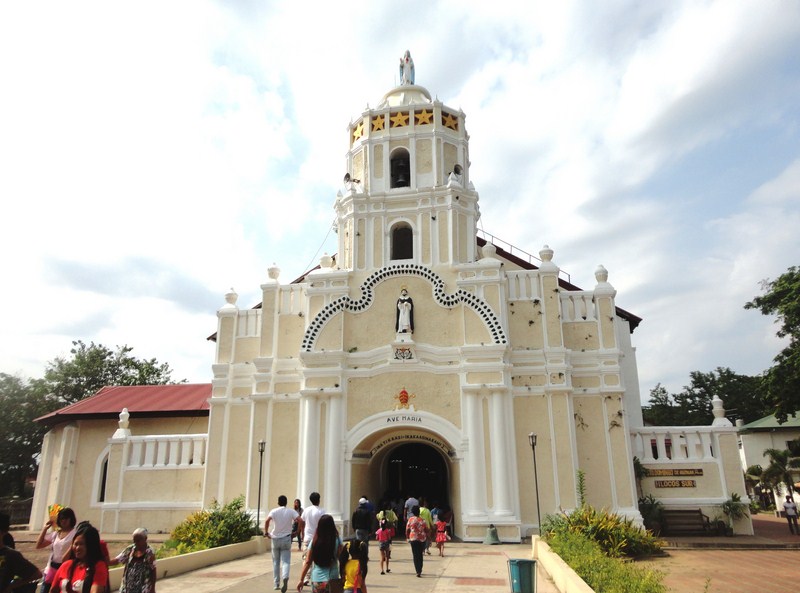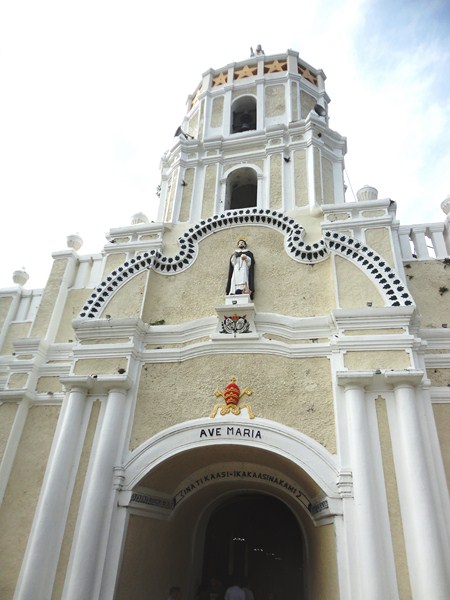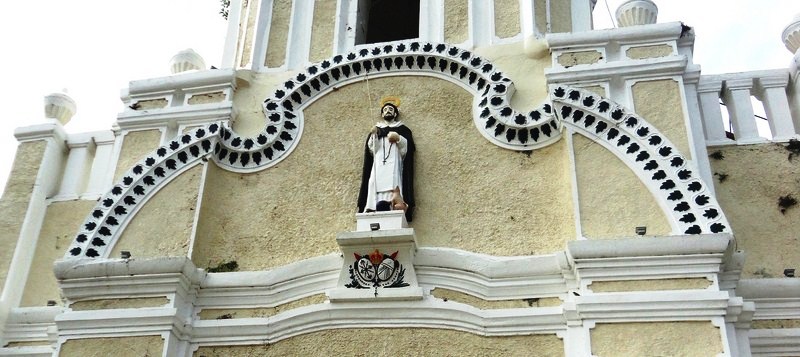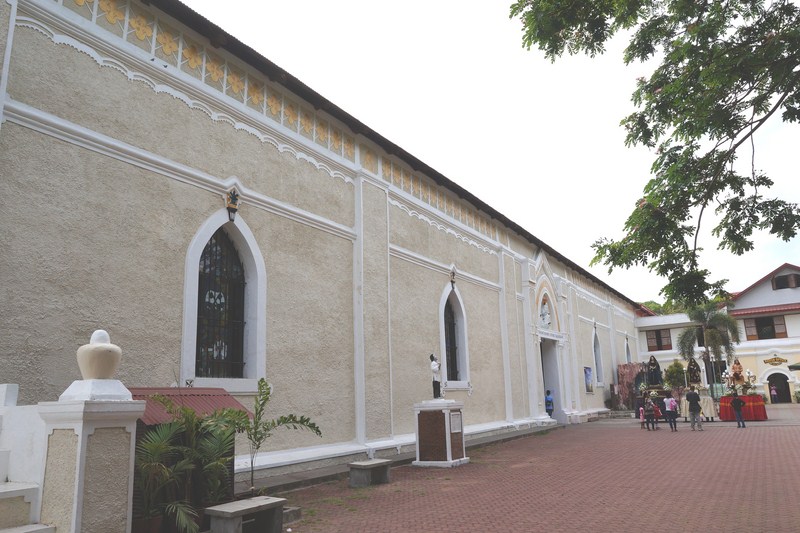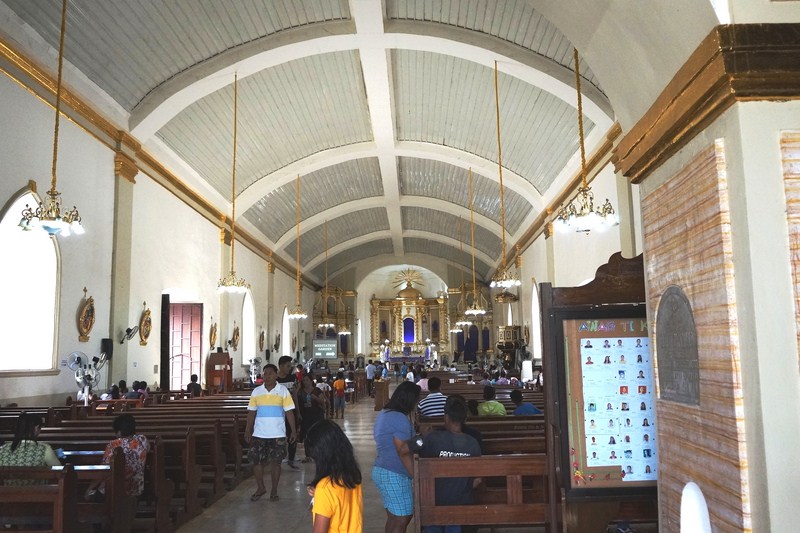The Narvacan Outdoor Adventure Hub (NOAH), a very unique adventure camp and outdoor sports complex in Narvacan, Ilocos Sur founded in 2005, is another reason to visit Ilocos Sur (aside from the Spanish-era Earthquake Baroque churches and the Old World charm of Vigan).
Opened last October 2012 by the local government headed by Mayor Zuriel S. Zaragoza, this one-stop shop offering various extreme activities will surely showcase one’s adventurous side and are very close to the elements: water, wind, earth and fire.
NOAH hosts the Philippines’ first full-scale Via Ferrata (literally meaning “Iron Road” or “Iron Path”), a vertical 280-meter climb into a steep rock wall of the majestic 1,050-ft. high Bantay Abot Hill designed with the regular tourist in mind – no climbing experience required despite the challenges posed by the cliff face.
Now a major tourist destination and a significant leap in the transformation of the once sleepy agricultural municipality of Narvacan into an adrenaline junkie’s paradise, NOAH aims to promote tourism and the beauty of the town with its grand, rocky mountains and magnificent view of the sea.
Aside from the Via Ferrata, NOAH’s other attractions are paragliding, Hobie Cat sailing, kitesurfing, windsurfing, 4×4 ATVs, dune buggies, etc.. It also has an in-house, beachfront restaurant (Arko Restaurant) which is the first establishment that will greet you along Sulvec Port Road. It serves both local and foreign dishes including Ilocos Sur’s very popular bagnet (deep-fried, crispy pork belly). Its backyard is a campsite (Php150/tent). There’s a “sustainable” bunk for bonfires and outdoor toilet and bathing facilities.
For those learning to sail, wind surf and kite surf (the “water” activity), the uniquely located Bantay Abot Hill, directly in front of a 3 km. stretch of beach (from the abandoned Sulvec Port all the way to the Narvacan River), causes a special wrap-around, mid-day, side shore wind in the land breeze, making it safe (you still have to wear a life vest) as it does not pose the danger of getting blown out into the open sea.
Though fun, windsurfing isn’t easy as the sail gets heavy when wet and, when the wind hits, its much harder to control the boom and pull it back to your body. You can enjoy the sea breeze and the offshore scenery via Hobie Cat sailing. Cost is Php2,500 for windsurfing plus lessons (6 hours), Php800/30mins. for the Hobie Cat (maximum 2 pax) with a pilot and introduction to sailing, and Php800/hr. for windsurf board rental.
Riding dune buggies, 4 x 4 jeeps and ATVs (drivers must have a driver’s license), considered the “fire” activity, can bring out the Mad Max in you as you follow the hilly track and explore the mini sand dunes via an exhilarating, off-road experience tailor fit for first time riders. Starting from the Rock Garden (a luxurious beachfront event place), a number of ramps provided lots of thrills. Cost is Php2,500 per 4 x 4 (5 pax maximum capacity).
To climb the Via Ferrata (the “earth” activity), you have to have to no fear of heights and be reasonably fit, with strong legs and upper body to do it. First, you have to don, with the assistance of the staff, protective gear such as helmet and other rappelling and climbing gears (carabineers, harness, etc.), all high-quality equipment from abroad. Bring bottled water. Then you have to hike, under the scorching sun, to the base of Bantay Abot. From there, you have to pull ourselves up 150 m. to get above some boulders.
Along the way are handy ropes and cables. While climbing, your two carabineers are actually clamped into a steel cable so that, when you slip, you will still be attached to the cable, saving one from a fall. Upon reaching the zipline platform, you have decide to proceed with the Via Ferrata or exit the hill via NOAH’s 520 m. long zipline.
Moving at 40 kph, a zipline ride lasts about 50 seconds (it’s a bit slow near the end) as you zipped down, with a bird’s eye view of the beautiful scenery, to Arko and the Bay Boulevard.
Others who continue on with the trickier Via Ferrata, climb the vertical, 300-foot high rock face aided by steel steps drilled into the rock, a setup like climbing a step-ladder. This is not a totally vertical climb as there are diagonal portions on the Via Ferrata that require spreading your legs wide to maintain balance and keep them upright. Reaching the top is the highlight of the climb.
You descend the summit by rappelling via a Tyrolean traverse cable (100 ft.) – perfectly safe as its safety feature actually allowed one to let go of their hands even when suspended 200 ft. from the ground. The Full Mountain Adventure (Via Ferrata, Tyrolean Traverse and the zipline going back to camp) will cost Php800/pax. Php300 for zipline only.
The highlight of a NOAH experience has to be the “air activity of paragliding (hence the media launch theme “Love is in the Air”), a competitive as well as recreational sport. Wind conditions change throughout the day and there may be several windows within the day for a successful launch.
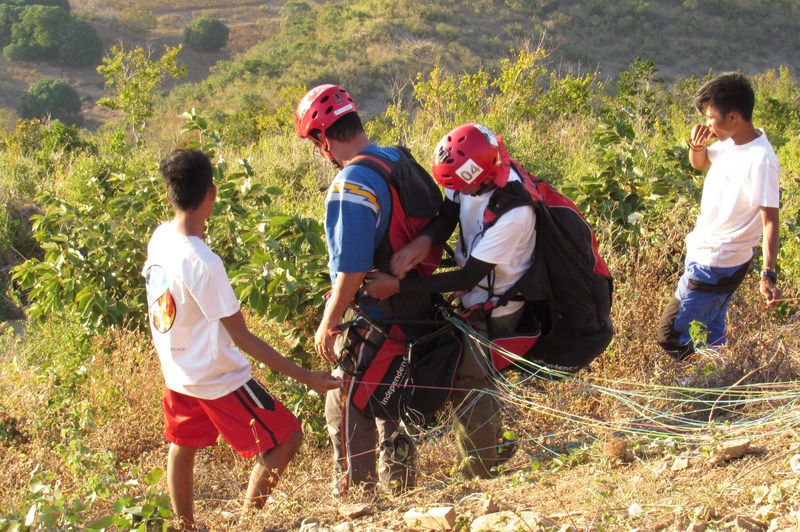
The author (in blue) getting ready to paraglide with Carlaa Montero of Sarangani Paraglide as my pilot
Participants (again, you should not have any fear of heights) ride pickup trucks or buggies, along a zigzagging dirt road, to the top of Bantay Abot to be followed later by the paragliding gear.
Participants will have to fly tandem with experienced pilots. You are both positioned along the slope, with the chute spread out above and, when the wind rushes in, you both run off the heights and become airborne, hundreds of feet up, as you fly into the setting sun.
Exhilaration rushes as you savor the joy of flying, at the same time being mesmerized by the beautiful and breathtaking vista of the rugged Ilocos Sur landscape, mountain ranges and the vast blue West Philippine Sea spread out before you. After a 15-minute flight, you make a solid landing at the beach.. Check out my paragliding video here.
Narvacan Outdoor Adventure Hub (NOAH): Bulanos Beach, Brgy. Bulanos, Narvacan, Ilocos Sur. Tel: (02) 734-8883. Mobile number: (0919) 349-8473 (Two-6 Olangco). Facebook: www.facebook.com/NarvacanOutdoorAdventureHub/. Instagram: @narvacanoutdooradventurehub.
How to Get There: By public transport, take any Vigan City (Ilocos Sur) or Laoag City (Ilocos Norte) bound Partas (Cubao) or Farinas Transit (Manila) bus and tell the driver to drop you off at the Sulvec Port Road and, from there, get a tricycle going to NOAH in Bantay Abot. By car, take the North Luzon Expressway (NLEX), Subic-Clark-Tarlac Expressway (SCTEX), and Tarlac-Pangasinan-La Union Expressway (TPLEX) or the Manila North Road until you reach Narvacan. From there, take the Sulvec Port Road on the left and go straight until you see NOAH’s Arko Restauarant on your right.



